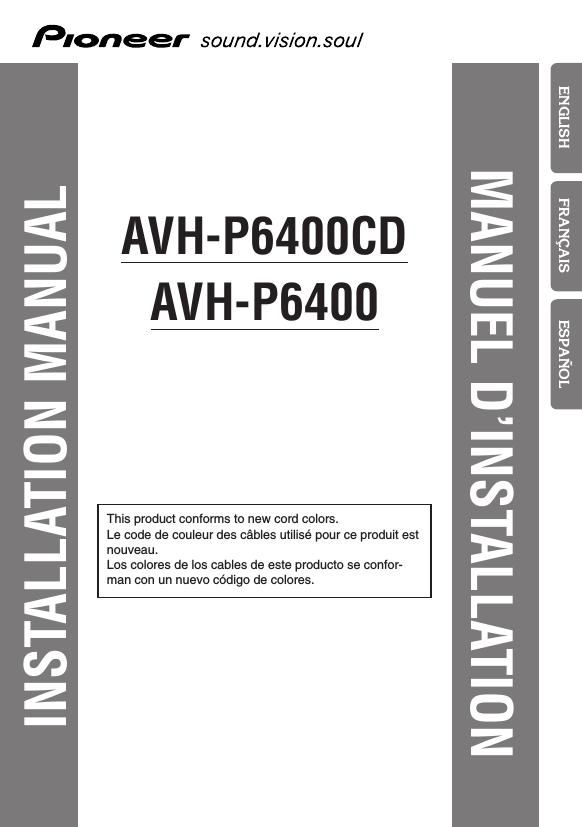Pioneer AVH P6400CD Owners Manual
This is the 40 pages manual for Pioneer AVH P6400CD Owners Manual.
Read or download the pdf for free. If you want to contribute, please upload pdfs to audioservicemanuals.wetransfer.com.
Page: 1 / 40
